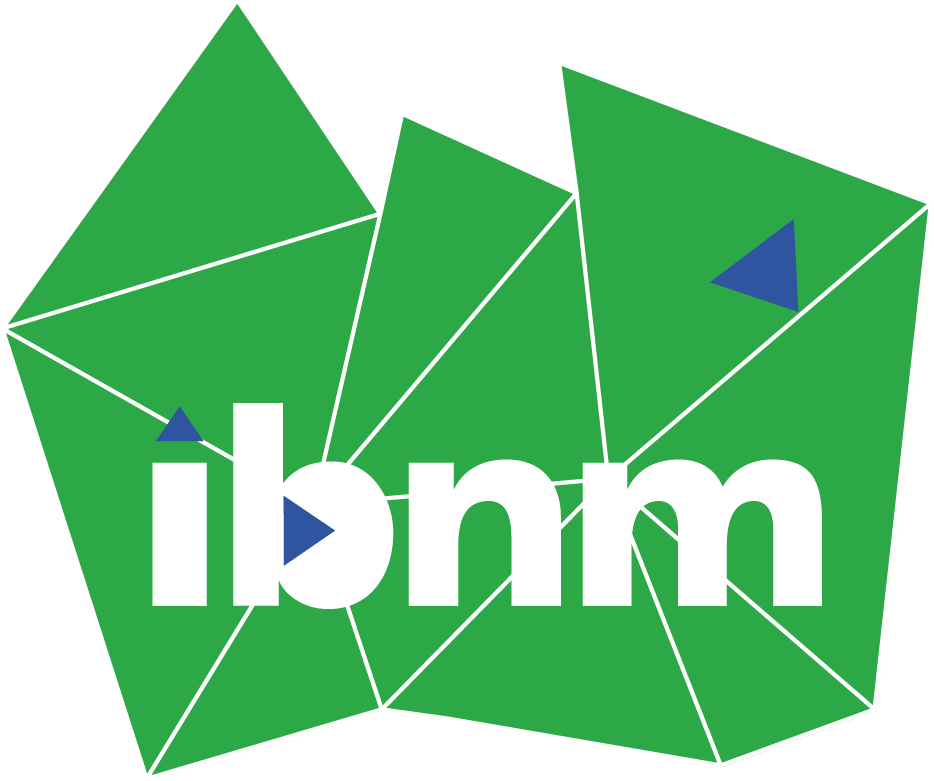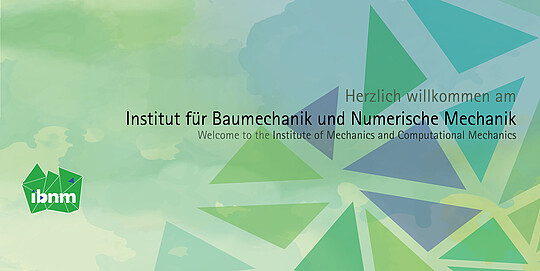Prof. Beer has already contributed to the development of the two sister journals since their foundation as Associate Editor, so that he was nominated by the previous Editor Prof. Bilal Ayyub as well as by the other Associate Editors and Managing Editors. After a process of several months involving the committees of ASME and ASCE, Beer received the appointment as Editor-in-Chief. The decisive factor was that he has made significant contributions to both professional associations and can lead the journal in a future-oriented manner. The search was for a person with a track record in both professional societies that would qualify him to serve as Editor-in-Chief.
"The sister journals specifically address the challenges of our time in the rapidly changing environment and society, and are closely related to the Grand Challenges and the Sustainable Development Goals," says Michael Beer. The journals broadly cover the field of quantifying uncertainties and risks in engineering fields. Risks and uncertainties are also considered in the journals in connection with the environment, economics and finance across disciplines. Sustainability and resilience are central themes.
ASCE and ASME are among the most important professional associations for civil and mechanical engineering worldwide, with a long tradition and the highest reputation. Even though they are anchored in the USA, they operate worldwide. Both associations have their own publishing houses through which they publish their journals. These journals are each among the most respected in the field and are subject to the highest standards of quality.


















